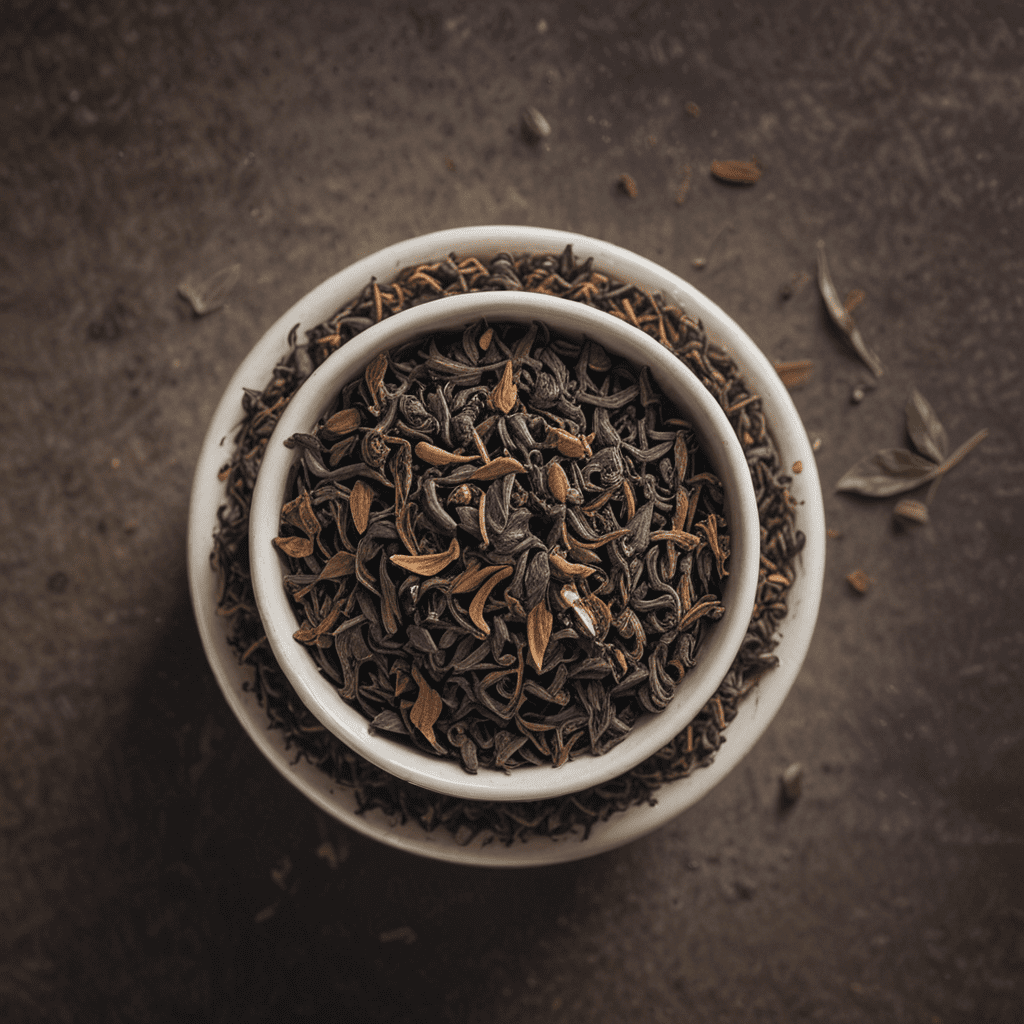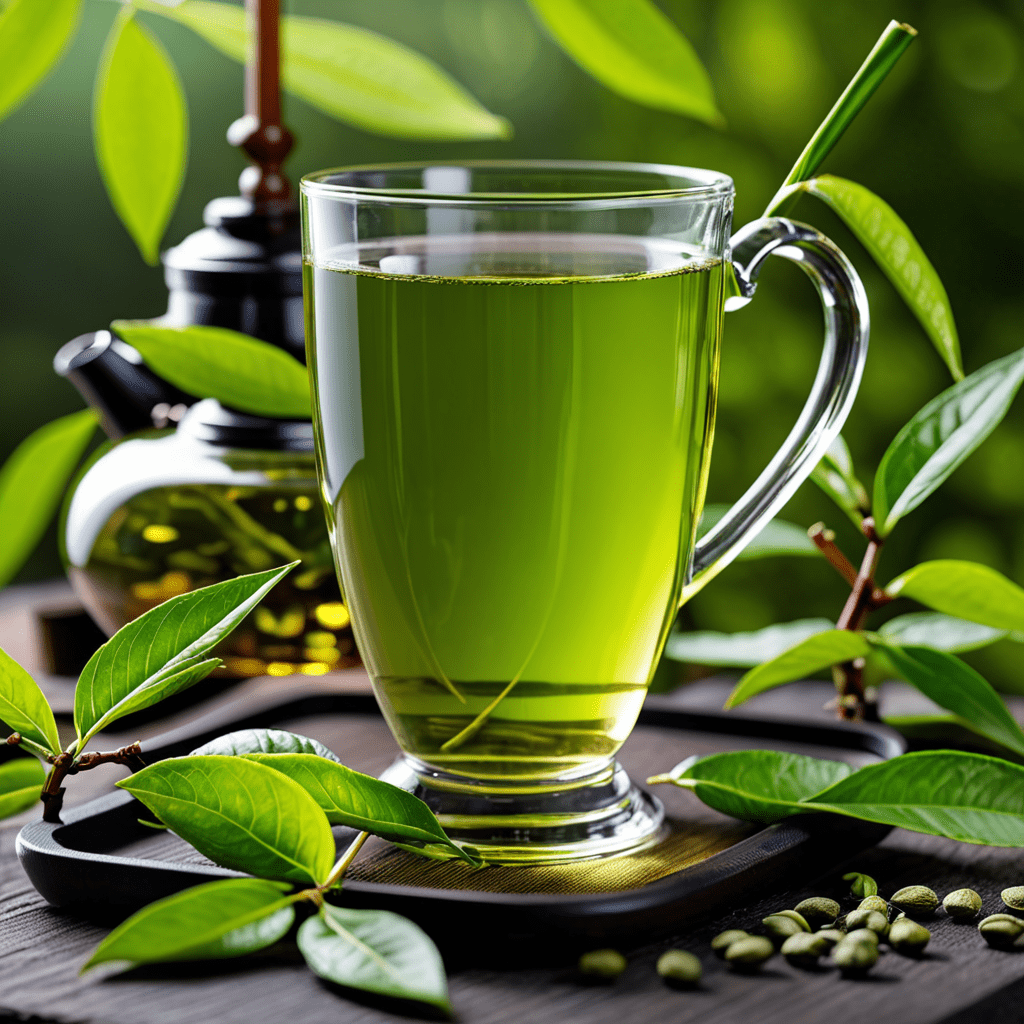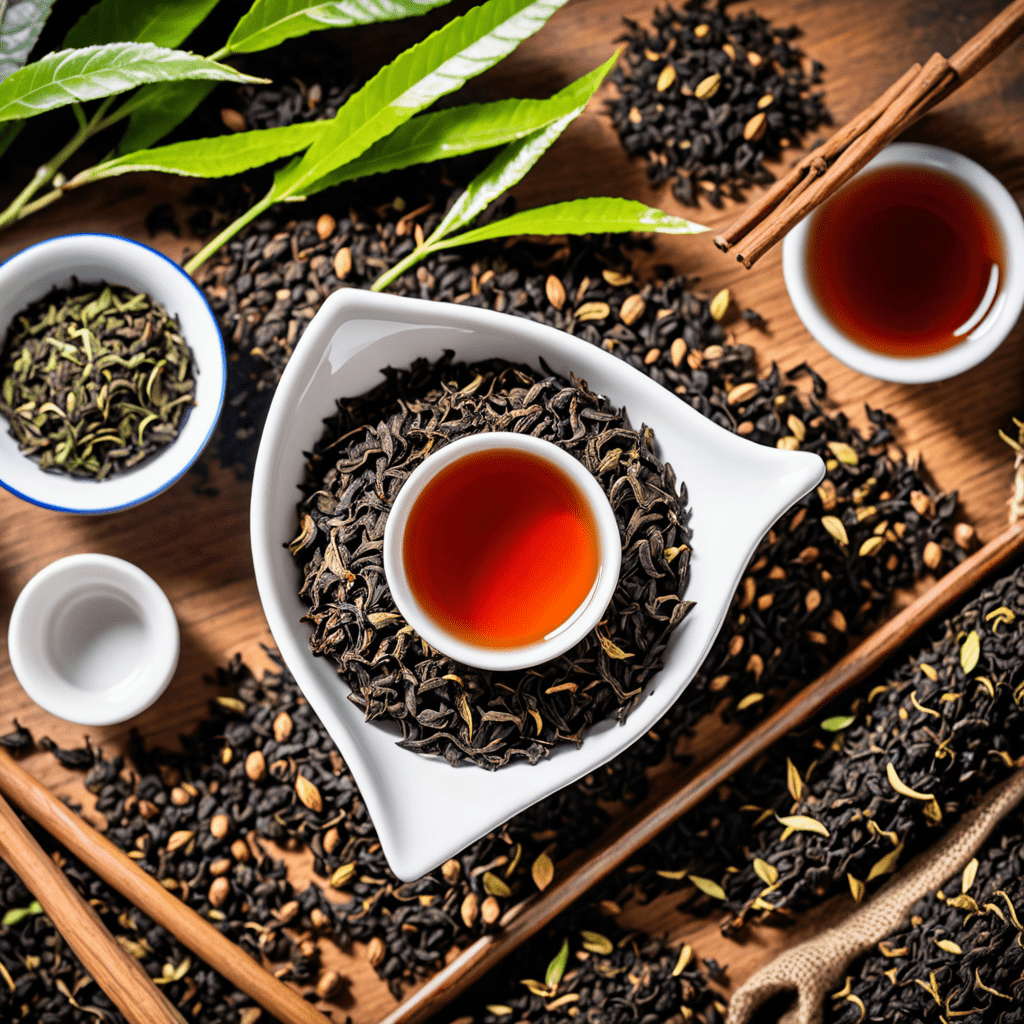Assam Tea: A Symphony of Flavors
1. Introduction:
Indulge in the exquisite world of Assam tea, renowned for its rich history, distinctive flavor, and exceptional health benefits. Residing in the lush northeastern region of India, Assam tea estates thrive amidst the fertile Brahmaputra Valley, renowned for producing some of the world's most sought-after teas. As a testament to its unparalleled quality, Assam tea has garnered widespread acclaim and recognition, captivating the taste buds of tea enthusiasts worldwide.
2. Geographical Origins:
Nestled within the heart of the Brahmaputra Valley, Assam's tea gardens flourish in a unique microclimate characterized by abundant rainfall, ample sunshine, and rich, well-drained soil. The Brahmaputra River, a lifeblood for the region, provides essential irrigation and nutrients, contributing to the vitality of the tea bushes. This idyllic setting, coupled with the region's skilled tea artisans, has fostered an environment conducive to cultivating teas of exceptional character and finesse.
3. Types of Assam Tea:
Assam tea encompasses a diverse range of styles, each boasting its distinct flavor profile and brewing characteristics. Orthodox black tea, meticulously crafted using traditional methods, yields a rich, full-bodied liquor with a pronounced malty flavor. CTC (crush, tear, curl) tea, processed using modern techniques, produces a robust, brisk brew with a lively, invigorating character. Green tea, processed without oxidation, retains its natural emerald hues and delivers a delicate, refreshing cup with a hint of sweetness.
4. Processing Techniques:
The journey from tea leaf to cup involves a series of intricate steps, each meticulously executed to preserve the tea's inherent qualities. Harvesting, a labor-intensive process, marks the beginning of the journey. Subsequently, the leaves undergo withering, a controlled dehydration process that initiates oxidation. Oxidation, a crucial step in the production of black tea, allows the leaves to develop their characteristic dark color and robust flavor. Rolling, a gentle manipulation of the leaves, shapes them and releases their essential oils. Finally, drying halts oxidation and stabilizes the tea, ensuring its longevity and optimal flavor.
5. Flavor Profile:
Assam tea is celebrated for its distinctive flavor profile, a symphony of malty richness, full-bodied smoothness, and subtle nuances. The deep malty notes, reminiscent of cocoa or dark chocolate, serve as the foundation of the flavor. Layers of honeyed sweetness and earthy undertones add complexity and depth, while hints of spice, such as cinnamon or cardamom, lend an exotic touch. Assam tea's well-balanced flavor profile makes it a versatile beverage, equally enjoyed on its own or complemented by milk and sugar.
6. Health Benefits:
Assam tea is not only a delight to the taste buds but also a treasure trove of health benefits. Its rich antioxidant content, primarily polyphenols and flavonoids, combats oxidative stress, protecting cells from damage and reducing the risk of chronic diseases. Assam tea's caffeine content provides a gentle boost, enhancing alertness and focus without the jitters associated with coffee. Furthermore, studies suggest that regular consumption of Assam tea may support metabolism, aid in weight management, and reduce inflammation throughout the body.
7. Varieties and Grades:
The diverse landscape of Assam's tea gardens gives rise to a wide range of teas, each with its unique characteristics. Single-estate teas hail from a specific plantation, showcasing the terroir and craftsmanship of a particular estate. Estate blends combine teas from different gardens within the same region, offering a harmonious balance of flavors. Assam teas are also graded based on leaf size and quality, with BOPF (Broken Orange Pekoe Fannings) and GFOP (Golden Flowery Orange Pekoe) representing the highest grades, characterized by large, intact leaves and exceptional flavor.
8. Brewing Techniques:
Unlocking the full potential of Assam tea lies in the art of brewing. For optimal results, use freshly drawn water heated to a rolling boil (195-205 degrees Fahrenheit). Steep the tea leaves for 3-5 minutes, adjusting the steeping time to suit your desired strength. A teapot or French press provides ideal brewing environments, allowing the leaves to unfurl and release their flavors fully.
9. Culinary Applications:
Assam tea's versatility extends beyond the teacup, offering a myriad of culinary applications. Black Assam tea forms the foundation of classic breakfast teas, providing a robust base for milk and sugar. Iced tea, a refreshing summer staple, is another popular way to enjoy Assam's bold flavors. Masala chai, a traditional Indian beverage, combines Assam tea with spices like cardamom, cinnamon, and ginger for a warm, aromatic experience. Green Assam tea, with its delicate notes, serves as a healthy alternative to coffee, offering antioxidants and a subtle caffeine boost.
10. Sustainability and Fair Trade:
Sustainability and ethical sourcing are paramount in the world of Assam tea. Many tea estates have adopted sustainable farming practices, minimizing environmental impact and conserving natural resources. Fair Trade certifications ensure that farmers receive fair compensation for their labor, promoting social and economic justice within the tea industry. By choosing sustainably and ethically sourced Assam teas, consumers can support responsible farming practices and empower tea-producing communities.
FAQ:
What is the difference between orthodox and CTC Assam tea?
- Orthodox tea undergoes traditional processing methods, resulting in a full-bodied, malty flavor, while CTC tea uses modern techniques for a brisk, invigorating brew.
How can I identify high-quality Assam tea?
- Look for single-estate teas or estate blends from reputable brands. Higher grades, such as BOPF and GFOP, indicate larger leaf size and superior quality.
What is the ideal brewing temperature for Assam tea?
- Use freshly drawn water heated to a rolling boil (195-205 degrees Fahrenheit) to extract the optimal flavor and aroma.


